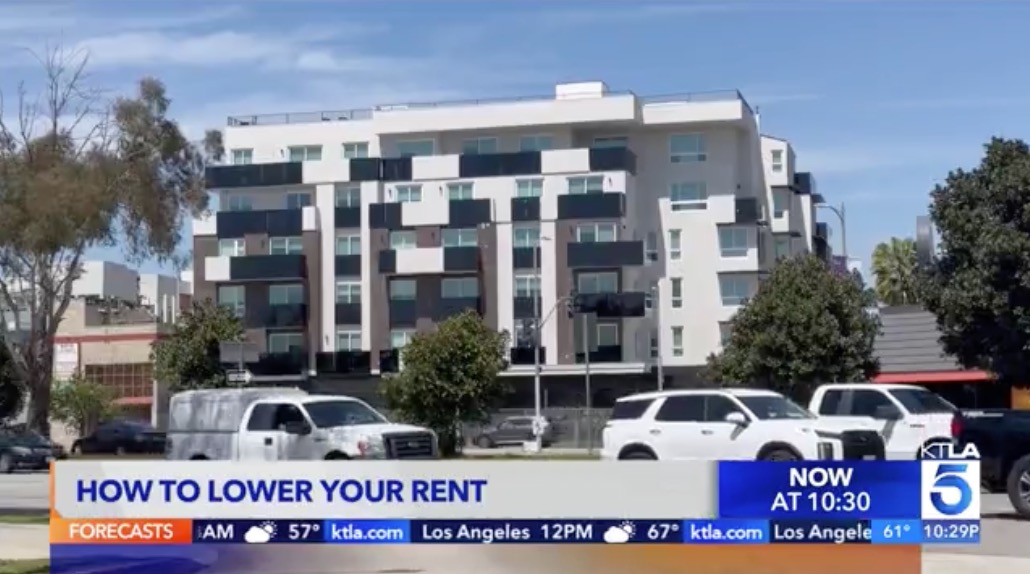- The basics of rent affordability
- A step-by-step guide to calculating rent affordability
- More budgeting methods to consider
- Factors that impact rent affordability
- Tips for saving on rent
- Balancing affordability and comfort
- Final Thoughts
- FAQs
- How much rent can I afford?
- What’s a realistic rent price for my income?
- How do I calculate rent affordability beyond the 30% rule?
- What costs should I include in my rent budget?
- Does lease length affect rent price and affordability?
- Do seasons change rent price?
- How should I factor transportation into rent affordability?
- How much emergency cushion should I keep?
- Should I renew or move to save on rent?
- How do I use a rent calculator effectively?
Rent is often one of the biggest monthly expenses, and figuring out how much you can afford can feel overwhelming. Whether you’re renting your first apartment or considering a move, understanding what fits into your budget is the key to financial stability and peace of mind. This guide will walk you through practical steps to determine your optimal rent budget, balancing affordability with comfort and your long-term financial goals.
The basics of rent affordability
One of the simplest ways to estimate how much rent you can afford is by following the 30% rule. This popular budgeting guideline suggests you spend no more than 30% of your gross (pre-tax) monthly income on rent. For example, if you earn $4,000 per month before taxes, your rent budget should ideally not exceed $1,200.
When the 30% rule works (and when it doesn’t)
The 30% rule is a good starting point because it leaves room for other necessary expenses, like groceries, transportation, and savings. However, it’s not one-size-fits-all. High-cost cities or fluctuating income levels can make it challenging to stick within this percentage. Similarly, if you don’t have other major expenses, like student loans, you might afford to stretch past 30% comfortably.
Instead of relying solely on this guideline, consider your personal financial circumstances for a more accurate calculation.
A step-by-step guide to calculating rent affordability
For a clearer picture of how much you can actually afford, review your budget. Here’s how to get started:
1. Calculate your monthly income
Determine your net monthly income (your take-home pay after taxes). If you’re a freelancer or have a variable income, use a conservative estimate based on your average monthly earnings.
2. Track your expenses
List all of your monthly expenses, including:
- Groceries
- Transportation (gas, car payment, public transit)
- Debt payments (student loans, credit cards)
- Subscriptions (streaming services, gym memberships)
- Any savings or investments you contribute to regularly
This step helps you understand what’s left over after essential expenses and gives a realistic picture of how much room you have for rent.
3. Factor in rent-related costs
Rent isn’t just about the monthly payment. Consider these additional costs that might affect affordability:
- Utilities: Some apartments include utilities, but others don’t. Budget for electricity, water, gas, and internet bills.
- Renter’s Insurance: While inexpensive (often $15–$30 per month), it’s a cost renters forget to include.
- Security Deposits or Move-In Fees: Keep these one-time costs in mind when calculating expenses for the first month.
After accounting for all related costs, you’ll have a number that reflects your true housing budget.
More budgeting methods to consider
If the 30% rule doesn’t feel right for you, or if you want a more personalized approach, here are a couple of alternative budgeting methods:
50/30/20 Rule
This method divides your income:
- 50% for needs, like housing, utilities, and groceries
- 30% for wants, such as dining out or entertainment
- 20% for savings or paying down debt
It offers more flexibility while ensuring you don’t overspend in one category.
Zero-based budget
With a zero-based budget, every dollar of your income gets allocated to a specific purpose. This method works well for renters with a clear understanding of their priorities, like saving for a down payment on a future home or planning for travel.
Factors that impact rent affordability
Beyond income and budgeting, other factors can influence how much rent you can comfortably afford. Here’s what to consider:
Location
- Urban Centers: Expect higher rents in major cities, especially in popular neighborhoods.
- Suburban Areas: Move a few miles out and rent prices sometimes drop significantly.
- Commute Costs: Balance affordable rent with the cost of transportation if moving farther from your job or daily activities.
Lifestyle
Do you enjoy dining out frequently, traveling, or indulging in hobbies? Factor these lifestyle choices into your budget, and adjust your rent expectations accordingly to avoid sacrificing things that bring you joy.
Long-term financial goals
Think about how rent will affect your ability to save. Will your rent budget leave room to build an emergency fund, save for retirement, or work toward other financial goals? A comfortable apartment isn’t worth jeopardizing your stability years down the road.
Tips for saving on rent
If your dream apartment feels out of reach, these strategies can help you make renting more affordable:
1. Find a roommate
A roommate can cut your rent — and utilities — in half or more. This is an especially good option in areas with high rental costs or when you want a larger, higher-quality space.
2. Negotiate with landlords
If you notice an apartment has been vacant for a while, the landlord might be open to negotiation. You could ask for a slightly lower rent, free parking, or waived pet fees.
3. Consider smaller spaces
A smaller apartment or studio may meet your needs at a much lower cost. Think carefully about how much room you truly need versus how much you’d like.
4. Leverage move-in specials
Many properties offer discounts for signing a lease quickly. Keep an eye out for promotions like a free first month or reduced security deposit.
5. Be flexible with timing
Rental prices tend to drop in the slower months for moving, such as winter. If you can time your move during an off-peak season, you might snag a better deal.
Balancing affordability and comfort
While finding affordable rent is crucial, it’s equally important to create a living space that supports your well-being. Choosing an apartment that strains your budget can lead to unnecessary stress, while over-prioritizing cutting costs could leave you in a place that doesn’t feel like home.
At the end of the day, your budget should reflect your priorities, whether that means spending a bit more for convenience or opting for a slightly smaller place so you can save for the future.
Final Thoughts
Calculating how much rent you can afford is about finding the right balance between affordability, comfort, and long-term stability. By understanding your income, tracking expenses, and considering lifestyle priorities, you can confidently choose a home that works for both your wallet and your well-being.
FAQs
How much rent can I afford?
A common benchmark is about 30% of gross monthly income. For a personalized number, use a rent calculator that factors in utilities, fees, transportation, and savings goals.
What’s a realistic rent price for my income?
Translate income into a rent budget range:
- Baseline: up to 30% of gross income
- Conservative: 25–28% if you carry higher debt or want faster saving
- Flexible: up to 35% if you have low fixed expenses and strong savings
How do I calculate rent affordability beyond the 30% rule?
Use: Rent budget = take-home pay ? essential expenses ? savings target. Then sanity-check with a rent calculator using current market ranges and your typical monthly costs.
What costs should I include in my rent budget?
Add utilities (electricity, gas, water, internet), renters insurance, parking, pet rent, and any building fees. Include one-time move-in costs (application, deposit, movers).
Does lease length affect rent price and affordability?
Yes. Shorter leases cost more but add flexibility. Longer leases can lock in a better rent price but reduce mobility. Compare total 12-month cost before deciding.
Do seasons change rent price?
Yes. Demand usually rises in spring/summer and softens in winter. If you’re flexible, time your search to the off-peak to improve rent affordability.
How should I factor transportation into rent affordability?
Balance higher rent price near transit with lower car costs (gas, insurance, parking). Model two budgets: (higher rent + low transport) vs. (lower rent + car expenses).
How much emergency cushion should I keep?
Aim for 3–6 months of essentials. If your cushion is small, keep a lower rent price target to avoid budget stress.
Should I renew or move to save on rent?
Compare renewal offer vs. new-unit total cost (rent + deposits + moving + setup fees). Staying often wins if the increase is modest and move costs are high.
How do I use a rent calculator effectively?
Input monthly income, typical utilities/fees, and any transportation costs. Review the recommended rent price range, then choose a number that preserves your savings goal.







